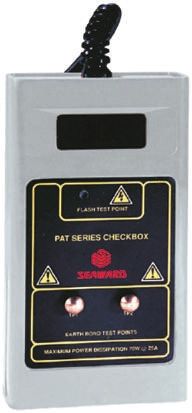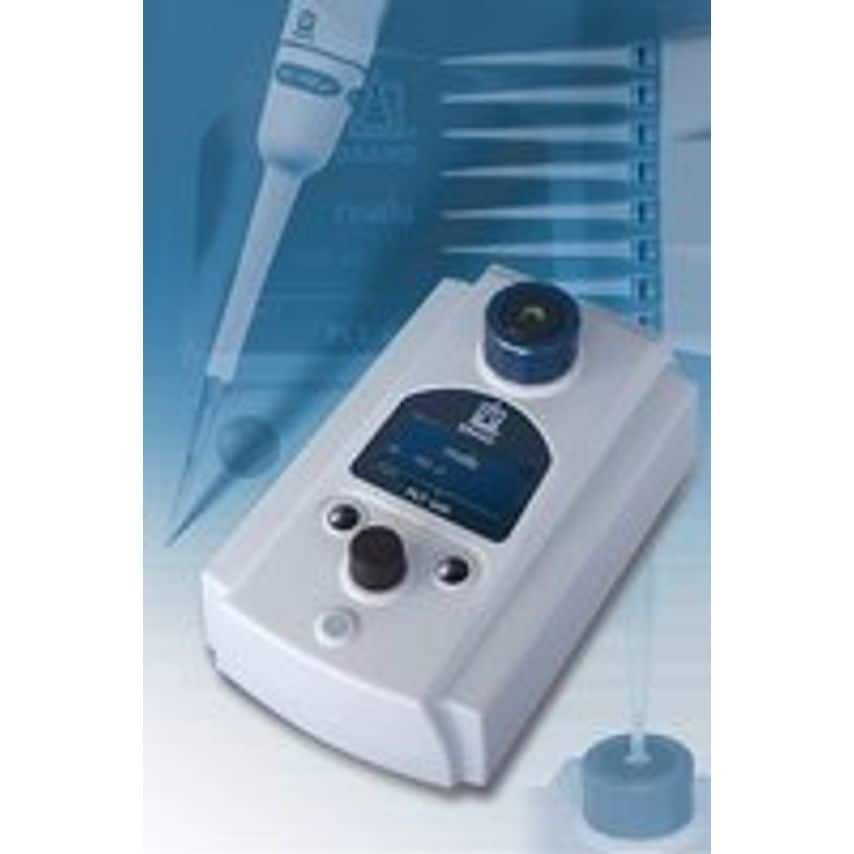
Brand
- Watco 3.635
- CraftifulOils 1.974
- Ping 288
- CRC Press 280
- Craftiful Fragrance Oils 274
- Beeswift 271
- MonsterShop 237
- Indexa 231
- Routledge 208
- Mitutoyo 176
- New Pig BV 149
- Callaway 139
- Huntingdon Fusion Techniques 130
- Gordon Measurement 126
- StarTech 114
- Portwest 113
- Sealey 106
- Esab 102
- Liquitex 102
- Titleist 95
- Mizuno 91
- SCHLLER 90
- Mountz 89
- Applied Nutrition 86
- Seaward 83
- Dell 79
- ANTON KESSEL GMBH 76
- 3M 70
- MTP Products 62
- Union 60
- Advanced Electronics 59
- Lorch 59
- No Climb Solo Testifire Detector Testers 59
- Chapman & Hall 57
- Megger 56
- U Power 56
- CASAFAN 55
- Forum Lighting 49
- Martindale Electric 48
- Anvil Traction 47
- EUROKRAFTpro 46
- Ansell 44
- Hydrowear 44
- Rutland 43
- AMPERE DEUTSCHLAND GMBH 39
- Moravia 38
- Vesda Xtralis 37
- C-Tec 36
- Express Weldcare 35
- Layher 34
- MSA 34
- Primal Strength 34
- Rawlplug 34
- Amplivox 33
- Laser Tools 32
- VMWare 32
- Fluke 30
- Ringtail 30
- Slingsby 30
- Adam Equipment 29
- Gedore 29
- Kidde 28
- Wilson 28
- La Roche-Posay 26
- Apollo Fire Detectors 25
- Aquasol 25
- Shire 25
- Result 24
- Dulux 23
- Faithfull 22
- Lovibond 22
- Brackenstyle 21
- Klime Ezee 21
- Lian Li 21
- Carrier UTC 20
- Discount Flooring Depot 20
- Jack Wolfskin 20
- Lily Lolo 20
- RS PRO 20
- Kensington 19
- Monument 19
- Binder 18
- Katie Blake 18
- Zoro Select 18
- Arctic Hayes 17
- Aritech 17
- Bowers Group 17
- Kennedy 17
- Sykes-Pickavant 17
- Morley 16
- Schneider Electric 16
- Treston 16
- Ubisoft 16
- Gent 15
- Liverpool FC 15
- Phanteks 15
- Brother 14
- Laser 14
- Martindale 14
- Merlin 14
Colour
- black 292
- Black 207
- white 198
- grey 143
- yellow 133
- navy blue 121
- blue 119
- green 111
- red 109
- anthracite/grey 93
Size
Gender
Merchant
- Zoro UK 7.363
- Craftiful Fragrance Oils 2.248
- Routledge 603
- Acorn Fire & Security 496
- Golf Gear Direct 380
- Click Golf 281
- Seal Medical 263
- Zoro UK Limited 227
- RS Components UK 210
- AWD IT 163
- K4G.COM 150
- Posted Protein 118
- MyTrendyPhone.co.uk 105
- Cowling & Wilcox 104
- Dell 81
- Gordons Direct 81
- Workwear Supermarket 66
- Home Living Luxury 63
- Craigmore UK 48
- Bathshack.com 47
- QD Stores 28
- Marks & Spencer UK 23
- Discount Flooring Depot 20
- Onlynaturals 20
- Cherry Lane 19
- medinashopping 19
- Vivomed 17
- Car Smart 15
- Liverpool FC 15
- Faucet Deluxe 14
- Donaghy Bros UK CSS 13
- Mobility Smart 12
- klarity health Comlyn 11
- Selfmade.com 9
- Erysta 7
- Home Done 7
- appstockmarket 7
- Care Lineage 6
- Simply Sensitivity Checks UK 6
- FinerFilters Ltd. 5
- innovatetools 5
- BPerfect Cosmetics UK 4
- My Pet Health Store UK 4
- Ottershaw Cacti 4
- Tosoni Selleria 4
- YouGarden 4
- BULLCAPTAIN 3
- CRM Global Online Store 3
- Craigmore UK CSS 3
- Slam City Skates 3
Price (EUR)
- <5 628
- 5 - 10 679
- 10 - 20 830
- 20 - 50 1.909
- 50 - 100 1.533
- 100 - 200 1.956
- 200 - 500 2.481
- >500 3.422






















